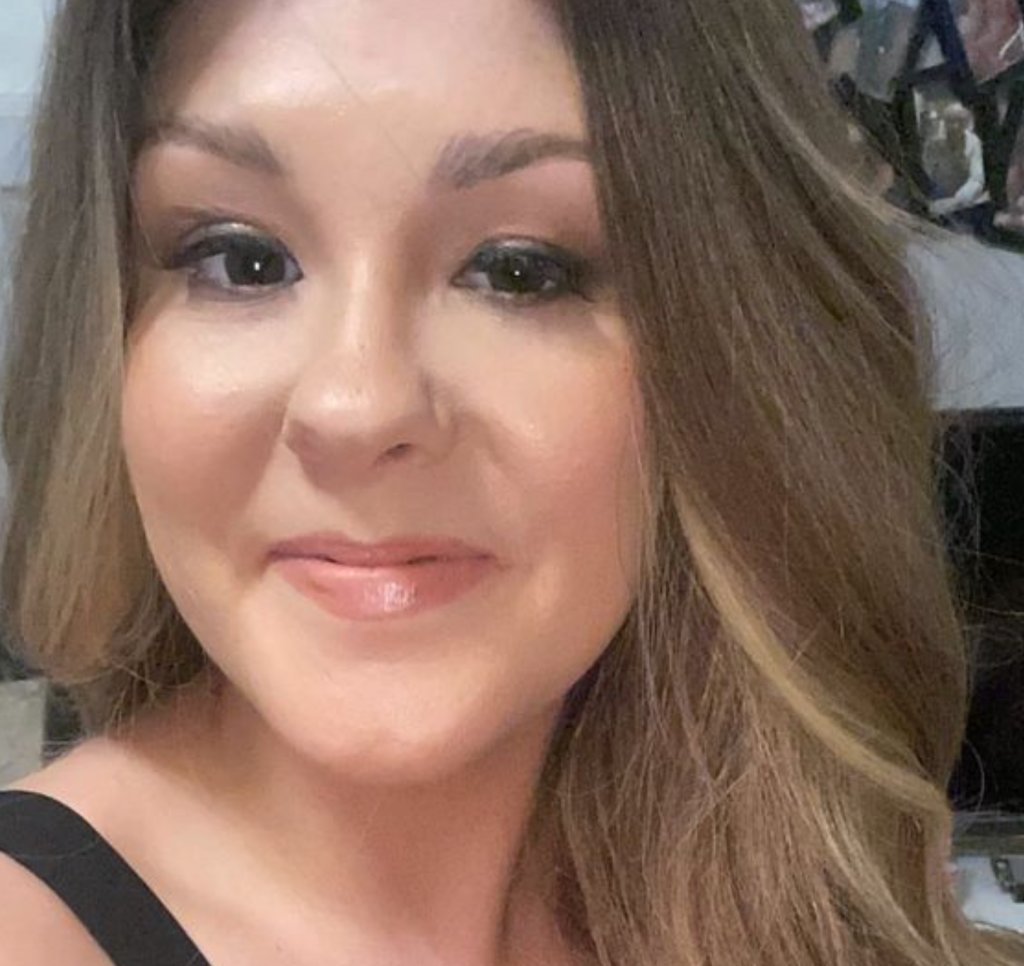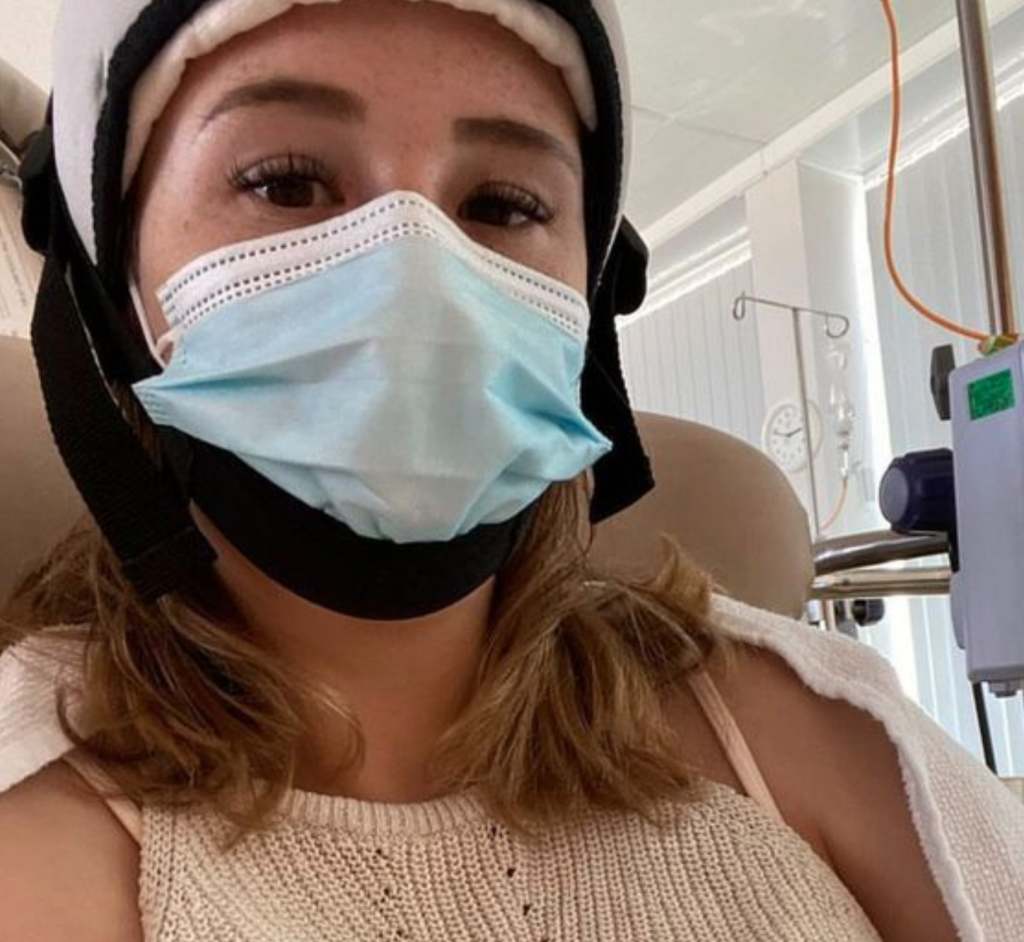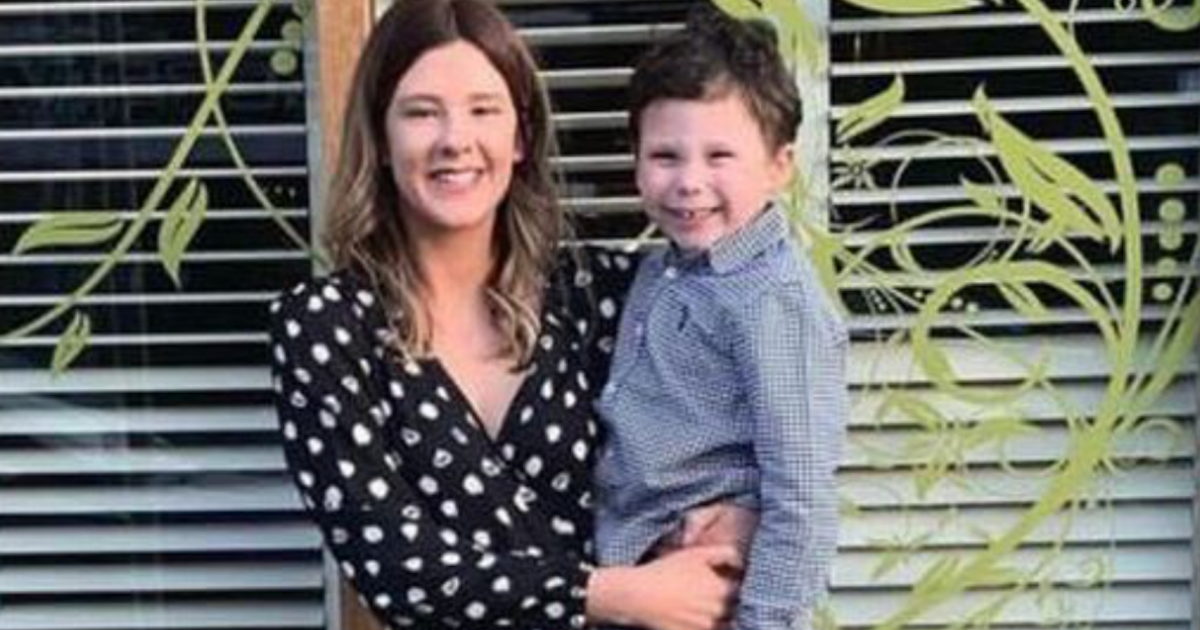A TV Show Helped Her Find Her Cancer
- Katie Enell, 29, was taking time off work due to what she thought was a pulled muscle, then after watching a show demonstrating breast exams, the young mother of one found her own cancerous tumor.
- The show Katie was watching was Embarrassing Bodies, an award-winning British medical reality series, which aims to destigmatize certain health topics in order to get people more comfortable talking about them.
- Although it is less common, more and more women are getting diagnosed with breast cancer at an earlier age. Self-exams should not take the place of a mammogram, but if you’re well before the age to receive them, it’s certainly better than nothing. Knowing your family history and speaking with your doctor about genetic testing are important to stay ahead of a potential diagnosis.
The show Katie was watching was Embarrassing Bodies, an award-winning British medical reality series, which aims to de-stigmatize certain health topics in order to get people more comfortable talking about them. Katie was educated while in the comfort of her own home, which in turn, helped saved her life.
Read More Even more shocking, doctors also found a brain tumor. The mystery symptoms in her body that she was feeling, mistaken for a pulled muscle, were caused by her cancer.
Even more shocking, doctors also found a brain tumor. The mystery symptoms in her body that she was feeling, mistaken for a pulled muscle, were caused by her cancer.Katie, who works as a restaurant manager, is sharing her story to remind people of the importance of getting full-body scans after a cancer diagnosis.
“I had back pain for about six months but I put it down to coming back to work after being off on furlough, lugging heavy tables outside. I didn’t have any other symptoms other than right shoulder pain,” she told the news outlet, also explaining how she had copied what she saw on the show while sitting in bed.
“I rang the doctors the next morning and to give them their due, they got me in very quickly. I was seen within two days of finding the lump,” she said.
“The doctor didn’t think it was anything to worry about but she did say she’d refer me to the breast clinic.”
Two weeks later, she received blow after blow after getting her mammogram, ultrasound, then biopsy. Another two weeks later, she found out the stage.
“They ask if you have any questions at the hospital – you’ve gone from one day being a 28 year old mum, not a care in the world, to your life is in jeopardy,” she described of the difficult diagnosis.
“The wording they used was it is ‘treatable not curable.'”

Thankfully, Katie has responded well to treatment so far and was recently told her cancer, which is managed more as a chronic disease in her situation, was “stable.”
Doctors said they were hopeful, as more and more women, incredibly, are living long, full lives with stage 4 breast cancer. It is not the death sentence that people assume that it is.
It's Not a Death Sentence Changing the Way We Think About Cancer
Katie celebrated the good news on a trip to Spain with her partner, but was delivered another blow soon after.
“I’d sort of forgot about the brain MRI with such good news. The results had come back and they’d found a 13mm brain tumour in the left frontal lobe.”
Katie had asked for the scan after experiencing twitching in her left eye and stinging. She also felt sensitive to light.
“More needs to be done,” she demanded. “We need to be scanned from the head to the pelvis. I could have just not woke up one day. How do you tell my little boy that I could have been saved? That he could have had more time with mum if it was just for a scan? That’s the reality of it.”
Self-Checks for Breast Cancer
Although the news is extremely tough, the good news is that Katie found her cancer and is in the care of doctors. Performing her own self-check on her breasts saved her life and bought her more time with her son.
Getting to Know Your Breasts with Self-Exams
According to the National Breast Cancer Foundation, here is the proper way to perform a self-exam on your breasts.
- While standing straight in front of a mirror, place your hands on your hips and look at your breasts for any swelling, bulging, changes in shape of breast or nipple (inverted), redness, rashes, or any fluid leaking. Then do the same with your arms in the air.
- Next, while lying down, use your right hand to examine your left breast and vice versa, while using your first three fingers to apply pressure. Ensure you cover the entire breast area, from your collarbone to below your ribcage and from your armpit to your cleavage area. Do the same self-exam standing or sitting up. Be sure to use light to medium pressure for the middle breast area and firmer pressure when feeling deep breast tissue.
If you do self-checks, it is recommended that you do them once a month, after your period. However, it should be emphasized that breast self-examination is NOT a replacement for mammography, but it certainly can’t hurt if you’re well before the age of these breast scans.
Although it is less common, more and more women are getting diagnosed with breast cancer at an earlier age. Knowing your family history and speaking with your doctor about genetic testing are important to stay ahead of a potential diagnosis.
Learn more about SurvivorNet's rigorous medical review process.


